

Khunjerab National Park is a national park in Gilgit Baltistan, Pakistan. Khunjerab National Park is Pakistan's third largest national park, and is adjacent to the Taxkorgan Natural Reserve in China.Khunjerab National Park was established primarily as a means to protect the Marco Polo sheep (as well as snow leopards and bharal) living in the area The borders of the park were mapped by Schaller in 1974, after a short field survey. The park was formally established on 29 April 1975 by Prime Minister of Pakistan Zulfikar Ali Bhutto, who said that "it must become a world famous Despite being listed as a category 2 national park, banning human activities including agriculture and hunting, the park was poorly managed, meaning that illegal hunting of the Marco Polo sheep continued. Because of this, the International Union for Conservation of Nature commissioned Norwegian biologist Per Wegge to do a wildlife survey of the park in 1988.[4] Wegge found that there was no evidence of competition between the domestic sheep being illegally grazed and the wild Marco Polo sheep
The Gulf of Oman and the Arabian Sea are also to the south.The park’s unique rock formations have been attracting tourists from all over the country for some time - notably since the completion of the Makran Coastal Highway in 2004.Wildlife
and that most of the illegal hunting was not being done by local Wakhi residents.[4] He therefore proposed that the park be reclassified, allowing grazing and commercial hunting, with the profits going to local residents. However, the government overlooked Wegge's suggestions, instead drawing up a new management plan, which both the IUCN and the World Wildlife Fund supported as a means to preserve the park and protect the wildlife. Wegge was critical of the government scheme, claiming that it was based on financial considerations, with the Pakistani government hoping to attract tourists to the area. The IUCN agreed with this, and has since distanced itself from the national park.[5] To help protect the animals from poaching, the WWF has created the Khunzerav Village Organization, which relies on people living in the area to report poaching or endangered animal sightings.[6] This park was created on 29 April 1975 on the recommendation of wildlife biologist Dr. George Schaller. Over half of the park is above 4,000 m. Khunjerab Pass, the gateway to China via the Karakoram Highway, is at 4,934 m.
Whether you are travelling from any city in Pakistan or from outside the country, you will need to get to Karachi first to go to Hingol National Park. Located at a distance of 243 kilometers from Karachi, it will take you around 3.5 hours to reach the park if you are travelling by car via Makran Coastal Highway (N-25).
Khunjerab National Park is spread across an area of 2, 27,143 , and at an elevation of 17,000 ft within the Karakorum-West Tibetan biodiversity region, amidst the Karakorum Range Mountains on Pakistan-China border in Upper Hunza. The National Park is home to alpine flora along with many endangered and threatened species and boasts to be the 3rd largest national park in Pakistan. Wildlife includes, Snow leopard (Threatened), Marco polo Sheep (Endangered), Himalayan Ibex, Blue Sheep, Siberian Ibex, Brown Bear (Threatened), Blue Sheep (Vulnerable).66 Species of birds found: Golden Eagle, Himalayan Snowcock, Himalayan Griffon vulture (Near Threatened).
The primary purpose of this park was to provide protection to the endangered Marco Polo sheep, which is only found in this area in Pakistan. According to the Mir of Hunza, the population of sheep was around 400 but had dropped to below 180 by the time of the completion of the Karakoram Highway. A herd of almost 75 Marco Polo sheep was recorded in the spring of 1984 and park staff saw at least 50 crossing the pass in May 1989.
The park is also famous for its snow leopards. Some reports say that it might contain the highest density of these beautiful cats in the total Himalayan ecosystem, which is the natural habitat of these cats. Over 2,000 Siberian ibex, widely distributed and abundant in the park but absent from neighbouring China, are also present here. Feral or semi-feral animals especially domestic yaks can be seen roaming in the park.
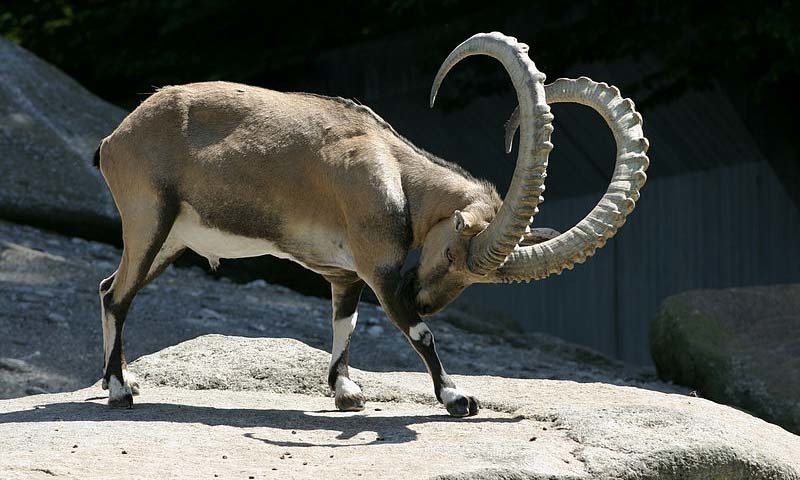
Sindh ibex are rather stocky animals with thick-set bodies and strong limbs terminating in broad hooves. Female and young males, till their second winter, are yellowish-brown varying to reddish-grey with a darker brown mid-dorsal line extending from between the shoulders to the base of the tail.
Read More
The Himalayan brown bear (Ursus arctos isabellinus), also known as the Himalayan red bear, isabelline bear or Dzu-Teh, is a subspecies of the brown bear and is known from northern Afghanistan, northern Pakistan, northern India, west China and Nepal.
Read More
The golden eagle (Aquila chrysaetos) is a bird of prey living in the Northern Hemisphere. It is the most widely distributed species of eagle. Like all eagles, it belongs to the family Accipitridae. They are one of the best-known birds of prey in the Northern Hemisphere.
Read More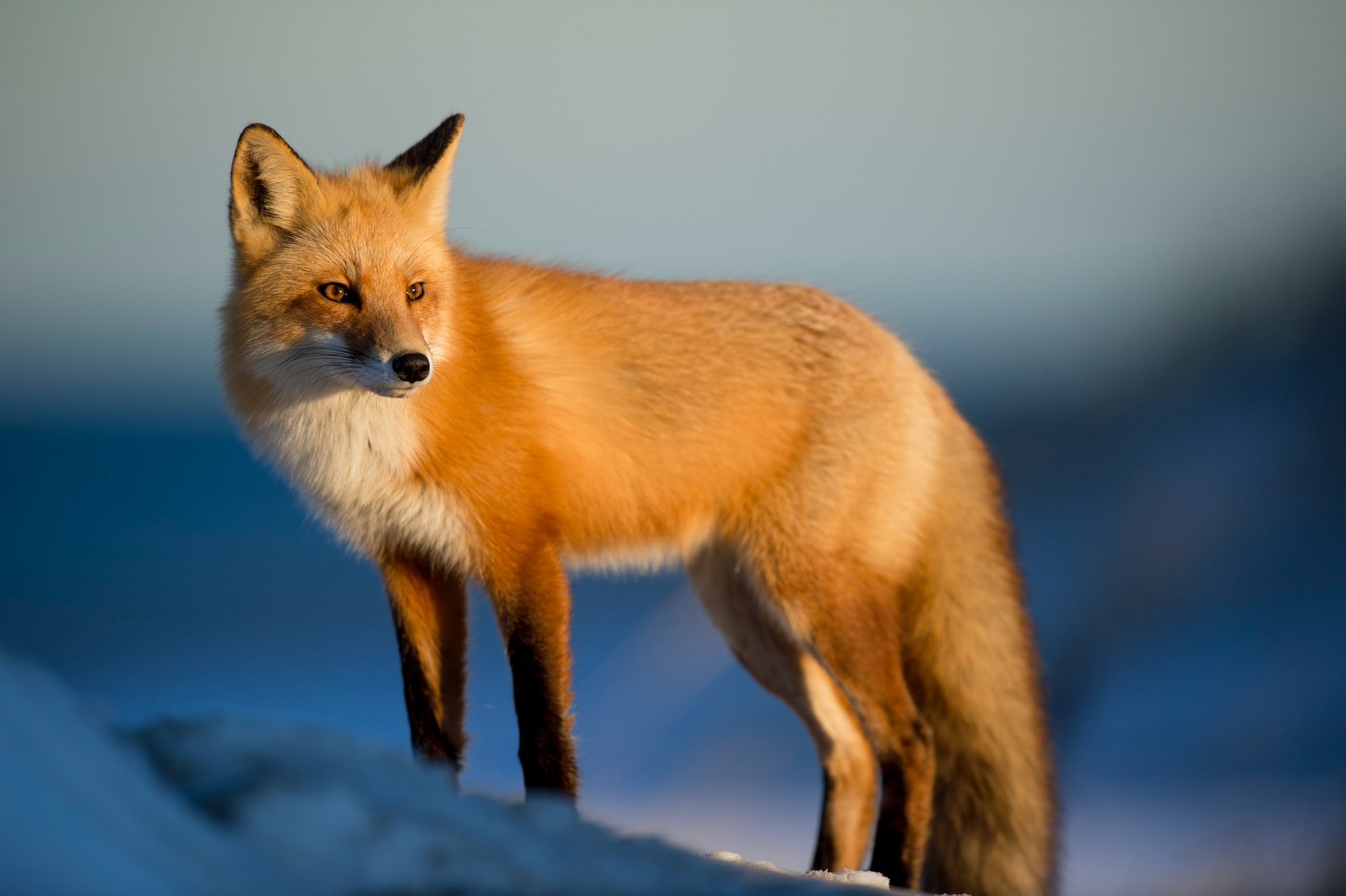
Red Fox is also called Common Fox. It is the largest and well-known species of Fox. The Red Fox has a coat of long guard hairs and soft, fine underfur that is typically a rich reddish brown. Its tail is often white-tipped, and it has pointed black ears and short legs.During
Read More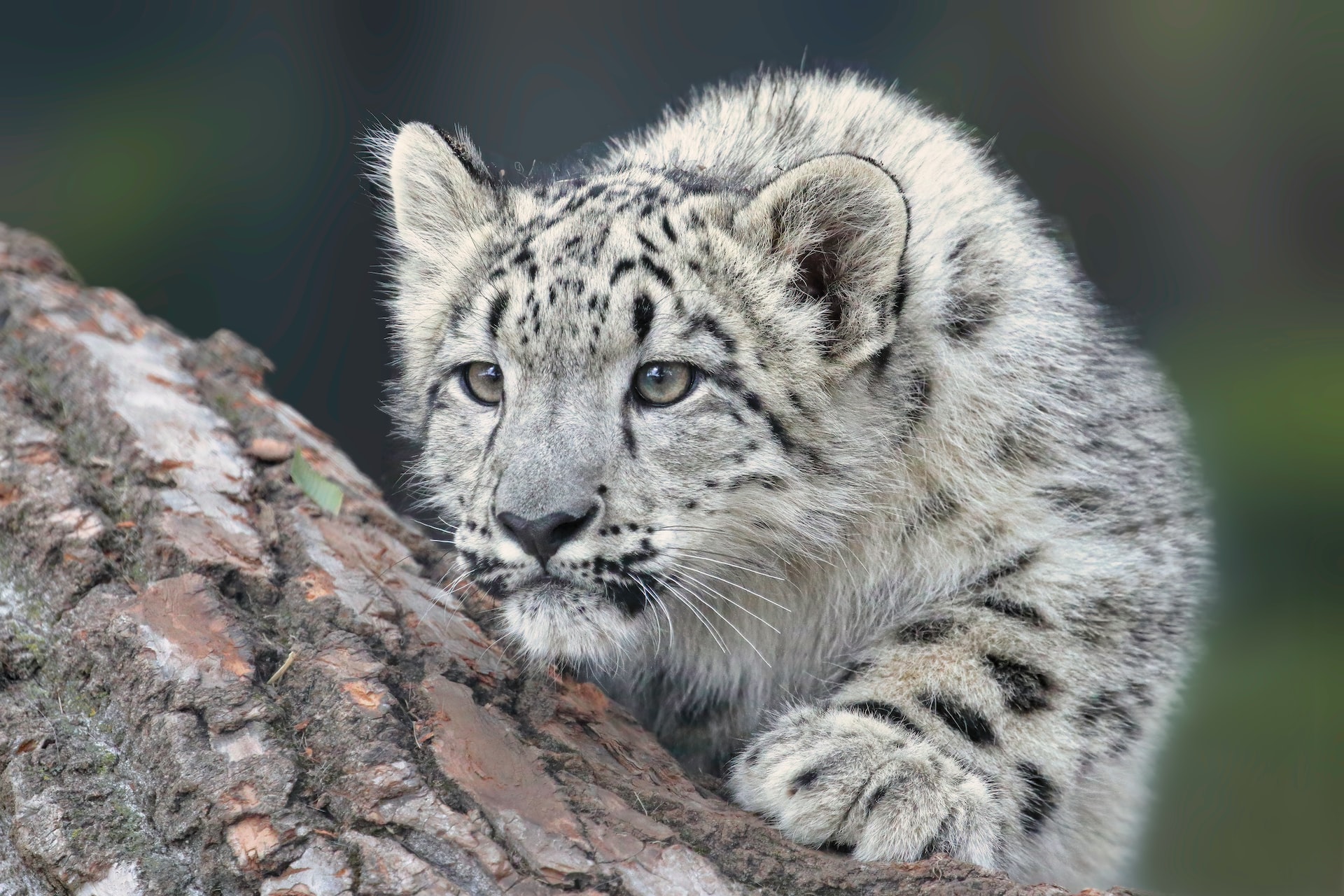
The snow leopard, also known as the ounce, is a felid in the genus Panthera native to the mountain ranges of Central and South Asia. It is listed as Vulnerable on the IUCN Red List because the global population is estimated to number fewer than 10,000 mature individuals and is expected to decline about 10% by 2040
Read More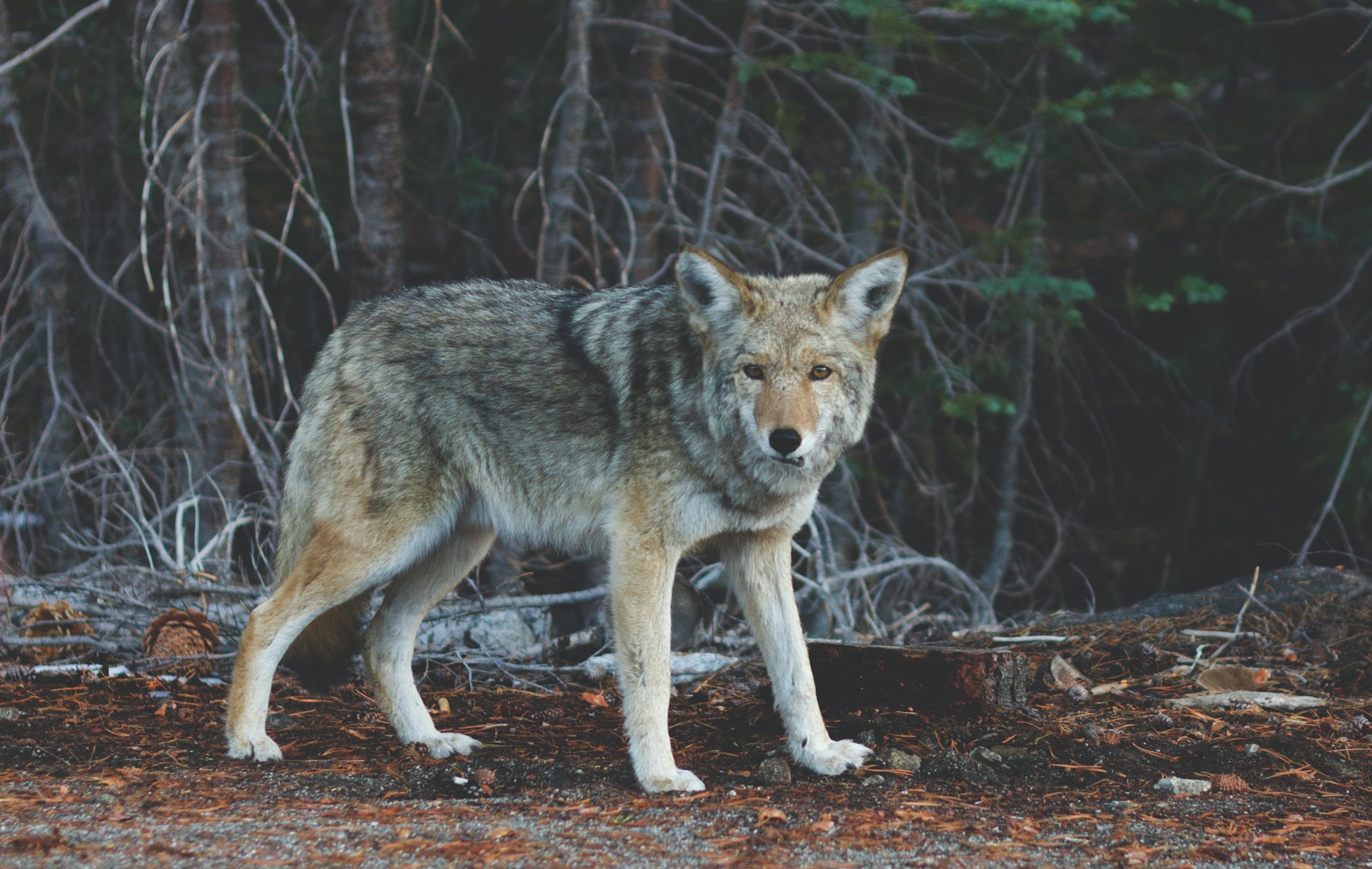
Pelicans are a genus of large water birds that make up the family Pelecanidae. They are characterized by a long beak and a large throat pouch used for catching prey and draining water from the scooped-up contents before swallowing
Read More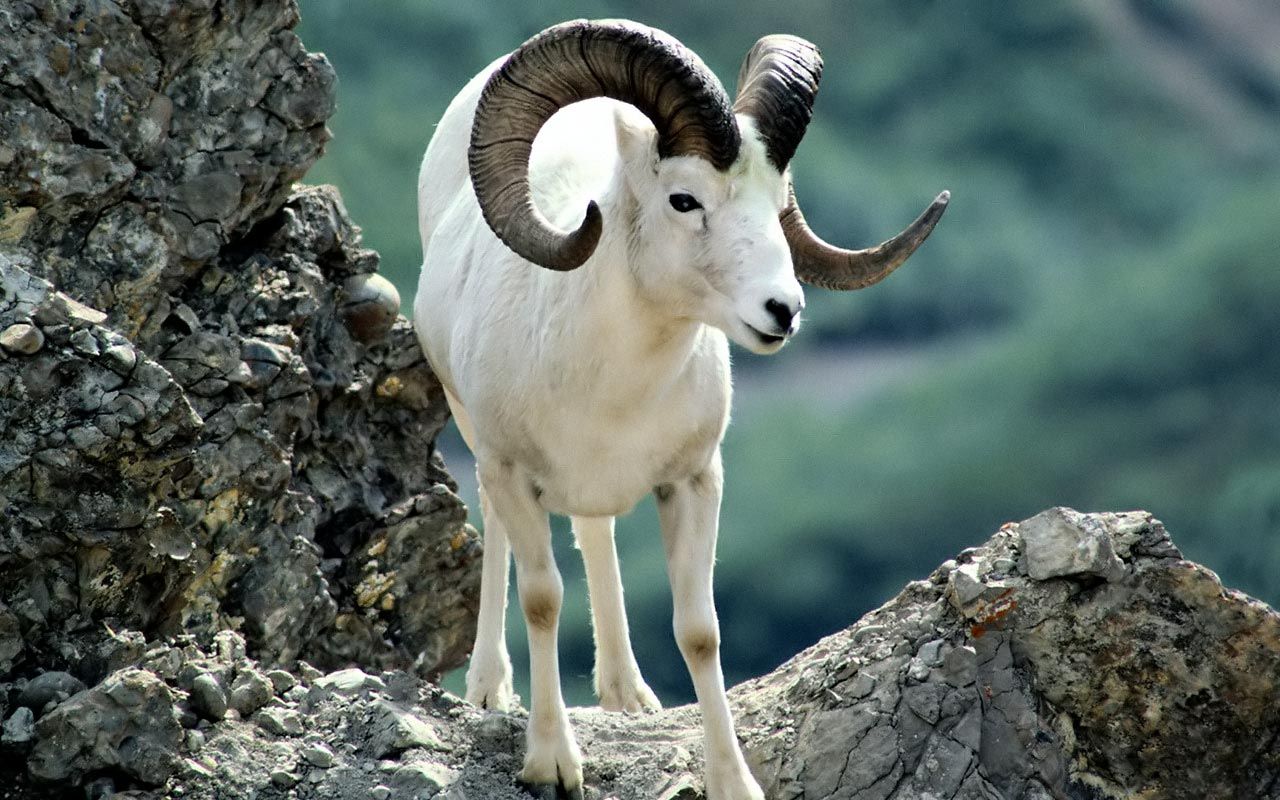
The Marco Polo sheep (Ovis ammon polii) is a subspecies of argali sheep, named after Marco Polo. Their habitat are the mountainous regions of Central Asia.
Read More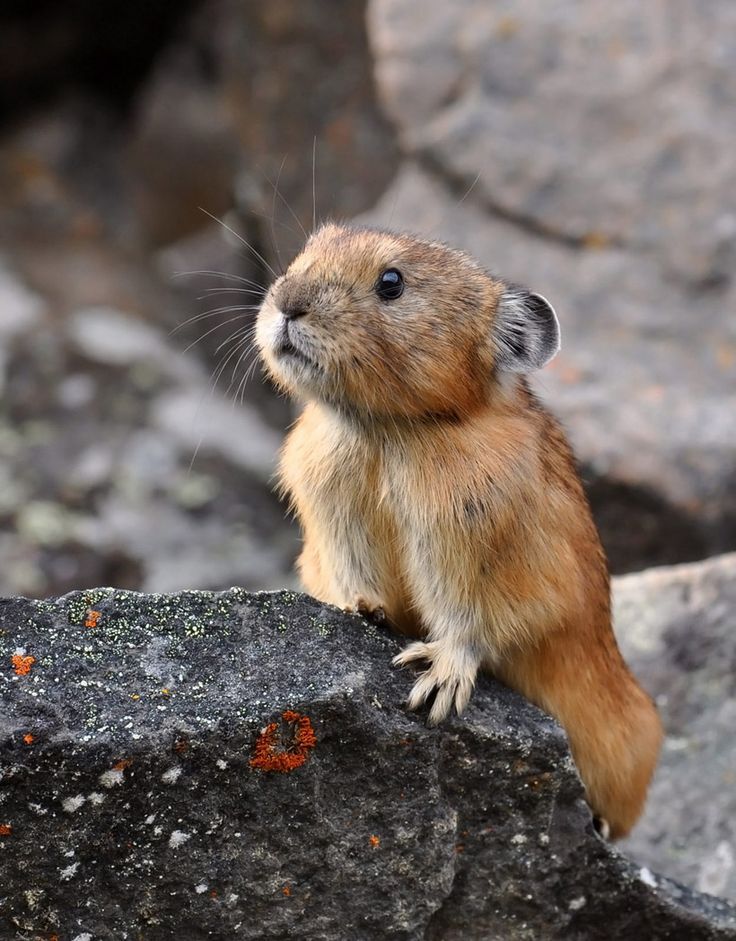
The large-eared pika is a species of small mammal in the family Ochotonidae. It is found in mountainous regions of Afghanistan, Tibet, Bhutan, India, Kazakhstan, Kyrgyzstan, Nepal, Pakistan
Read More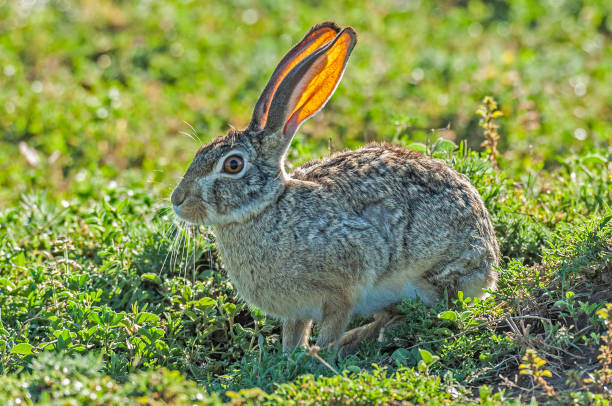
Cape hares have a slender body with a bushy tail. The oval-shaped head has very long (12 to 14 cm), black-tipped ears and large, reddish-brown eyes. This species also has very long and powerful hind legs. It has ginger-brown fur with shades of black on the upper parts
Read More




